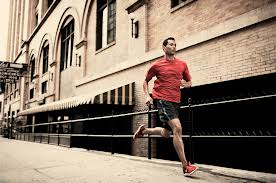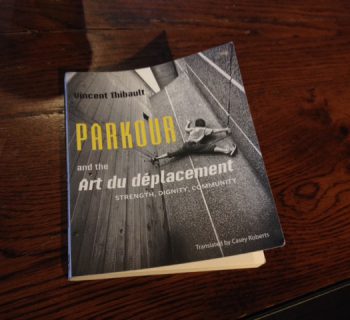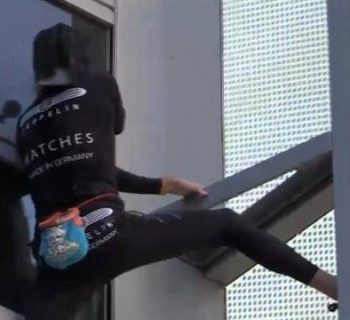Take a break from all those big moves for a bit and take a look at your running. Although running seems simple enough, most people have a few ways they can improve and avoid injury. The last thing you need is a pulled muscle just before a big jam. Read this article by Erika Nicole Kendall to learn about a few ways you can improve your running habits.
Flexibility. Flexibility plays an integral role in widening your body's range of motion. Plus, most flexibility training can also make your body more agile, too. It's easier to twist to look to your sides without it affecting your glide forward, which could cause ankle injuries. Tight muscles become injured much more easily than flexible ones (think IT band), and cross training for flexibility through an activity such as yoga or Pilates makes a huge difference.
Warm-ups. The newer you are to running, the more you need that warm-up. The warm-up is a way of introducing your body to the activity – a sort of call to arms to let your body know it's preparing to put in some major work. Giving your body the time to gradually raise your blood pressure and body temperature improves its efficiency. Blood is pumping, oxygen is moving, synapses start firing – and before you know it – you're off! A good running warm-up includes a nice stretch for both legs and arms, a brisk walk and then a slow jog that naturally builds into a run at your usual pace.
Proper running form. Many factors contribute to someone's running form, from bow legs to fleshy inner thighs to a bad back and more. These circumstances can affect the way a person runs, and that running form can contribute to everything from heel spurs and plantar fasciitis to excessive soreness in the hips. Spend a little time finding a way to run that works best for your body type.
Every body is different, so "proper form" can't be defined the same for everyone. The mid-foot strike without over-pronation may be ideal for some, but others may have difficulty getting there if they're bowlegged or fleshy-thighed. Also, if you're someone who runs for weight loss, as your body changes, so will your form, and you'll want to be mindful of that.
Most running stores, athletics retailers and even training teams offer some form of insight into what kind of running gait you have. If problems arise, consider a gait analysis to determine whether or not your form could use a tune up.
Cool downs. After your workout, do you just run home, peel off your clothes and plop down on the couch? Skipping your cool down – your warm-up in reverse – can leave you terribly sore, dizzy, stiff and in a world of hurt the next morning. As you're nearing the end of your run, don't just stop running and then walk. Instead, lower your speed slowly. Next, transition from a jog to a brisk walking pace, and then come to acomplete stop and stretch.
The right running shoes. Lastly, the right shoe can make or break your runs. The way your shoes accommodate your arch (for high arches, consider inserts) and support your gait affects how your ankles, knees and hips respond to the impact of your feet hitting the ground. Shop for running shoes the same way you shop for a car – test them! (Jog inside the store if you must; no one's judging.) Check out what's under the hood, and remember that the best shoe for your needs won't always be the most expensive. The shoe that is right for you will provide quality traction, flexibility and breathability. It will fit to your foot and support it – and you – on your path.
To read the full article go to: http://health.usnews.com/health-news/blogs/eat-run/2013/10/04/5-keys-to-injury-free-running
Erika Nicole Kendall's website: http://







